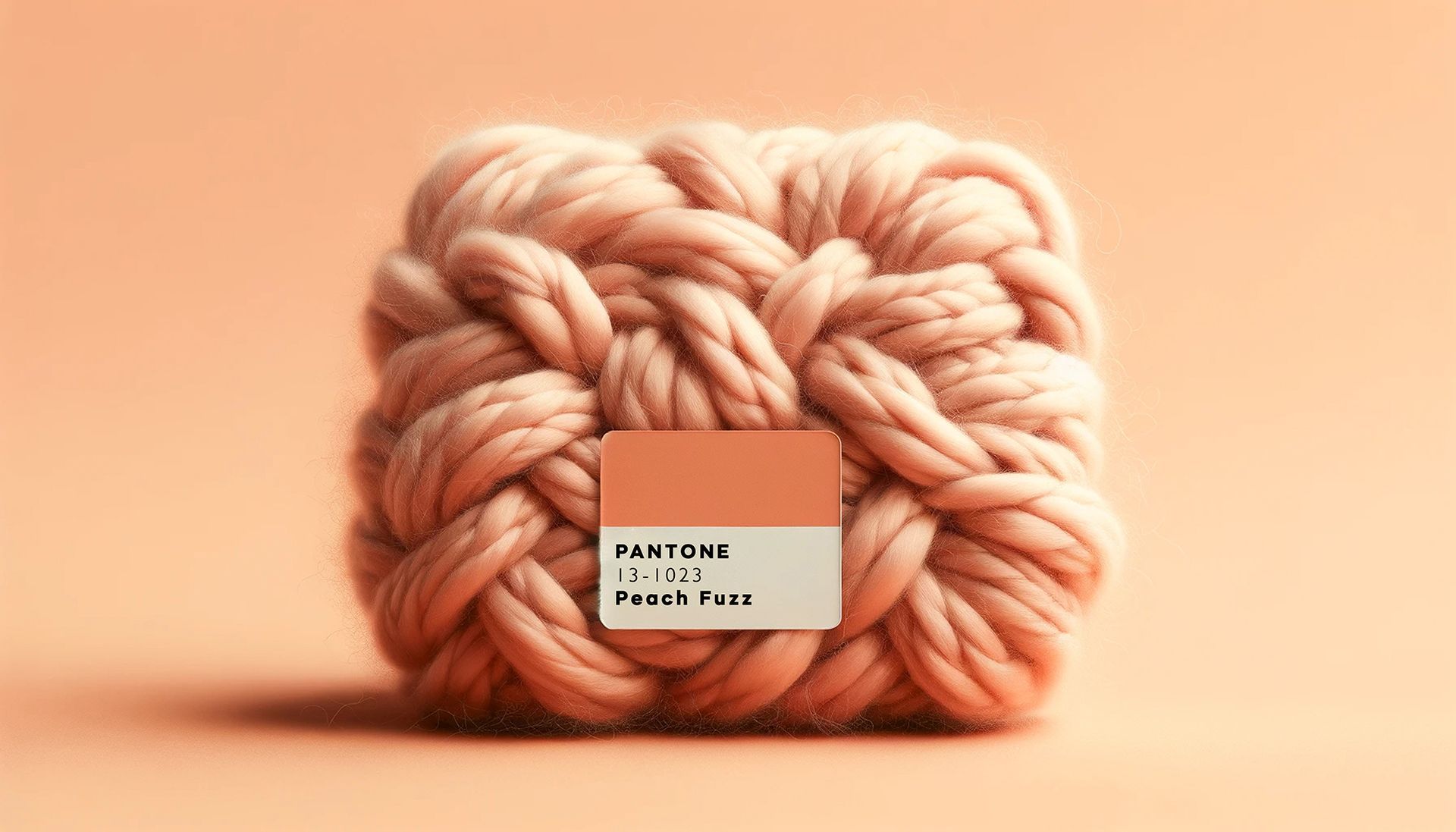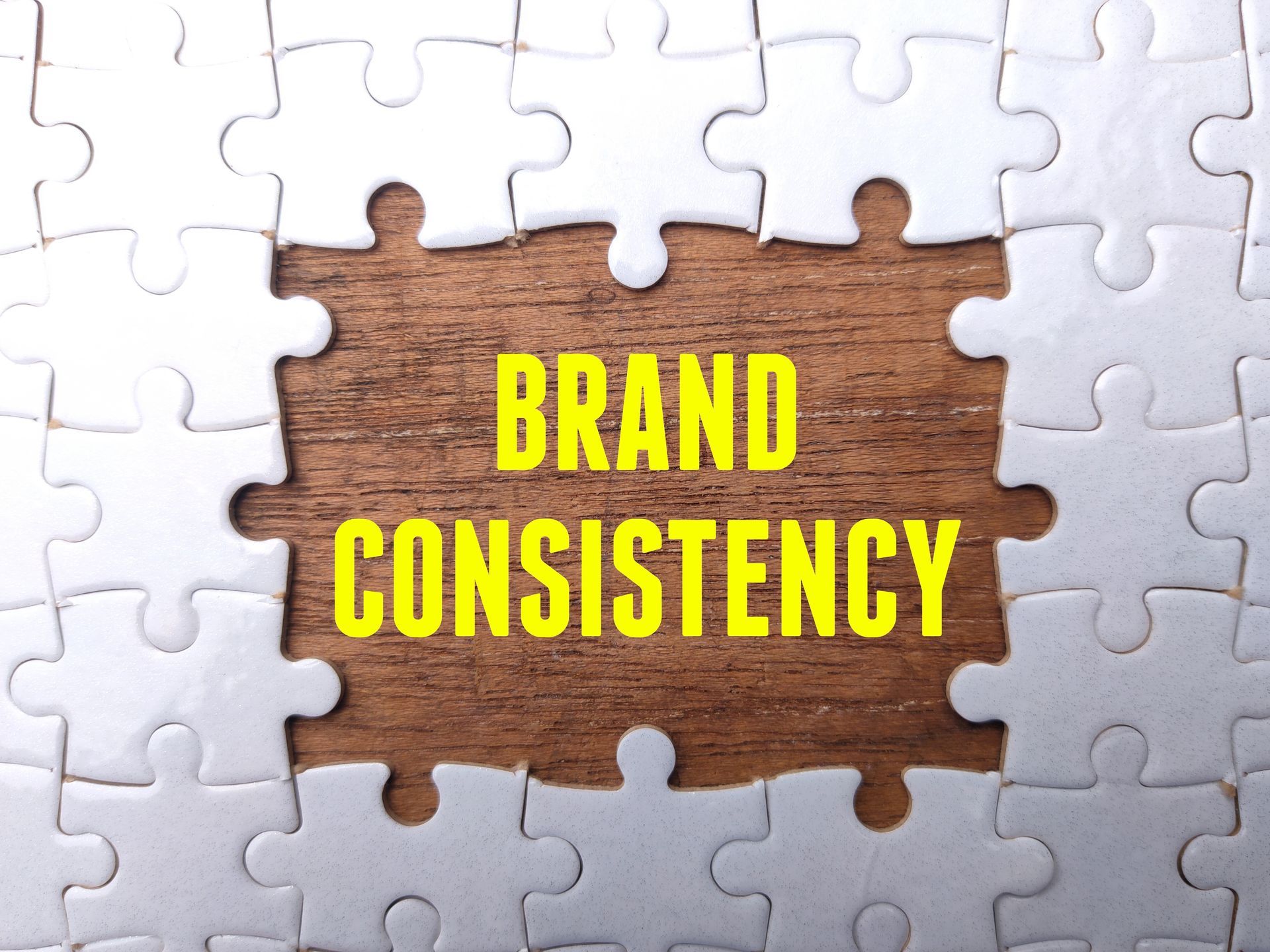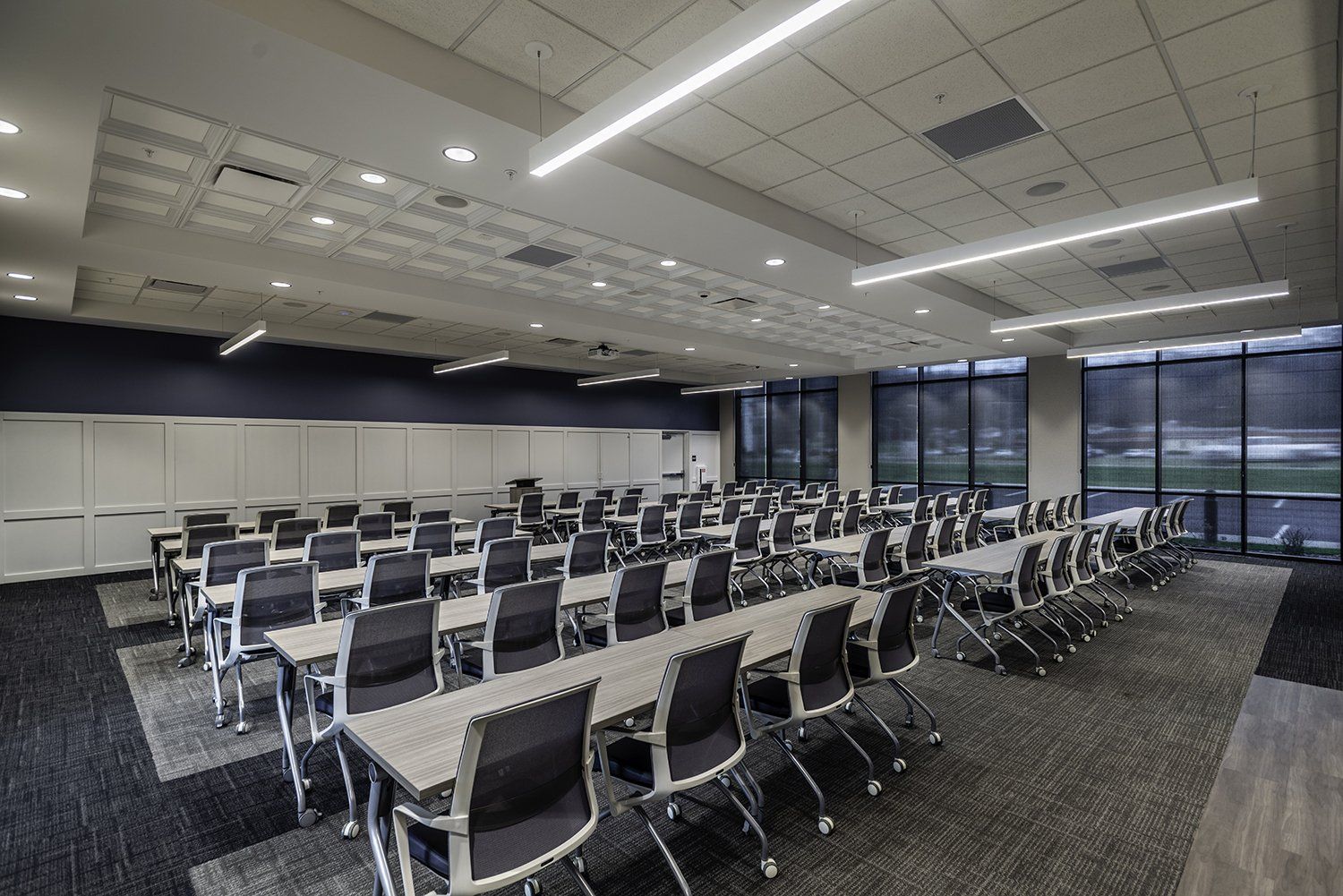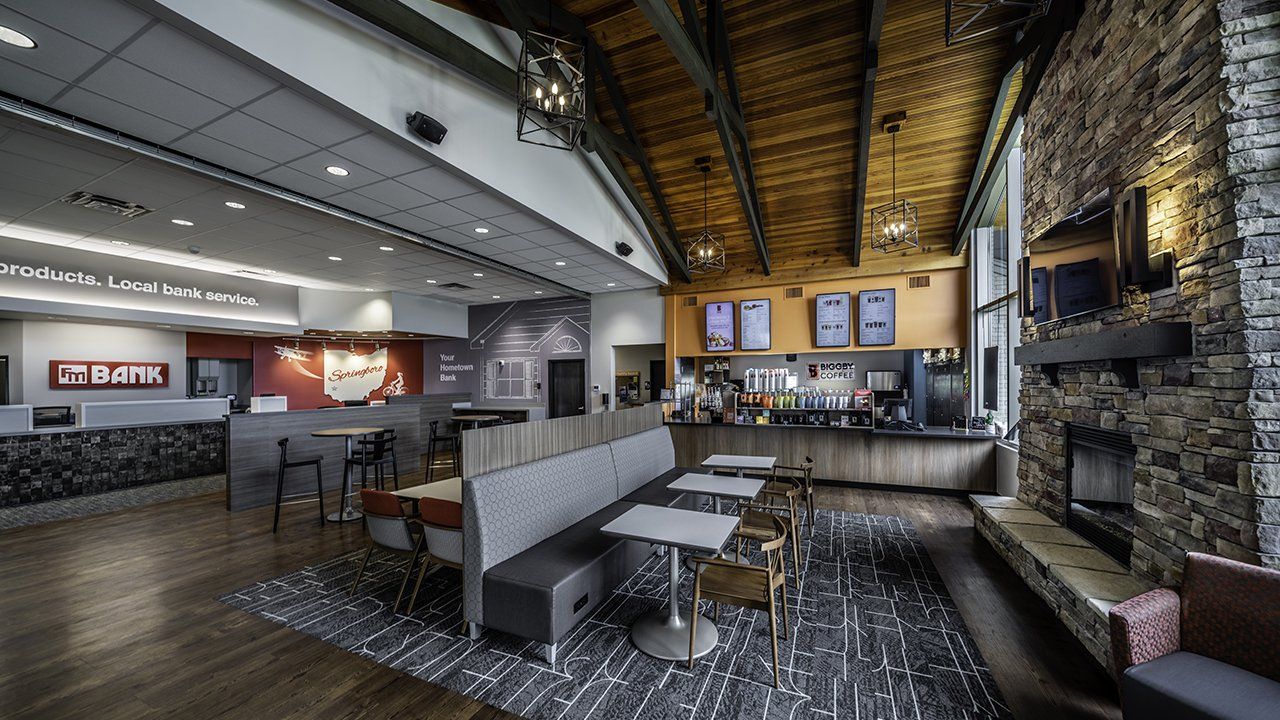Menu
Follow us on:

BERNIE SANDERS, TINY HOUSES, AND THE TRAGEDY OF THE COMMONS
Egalitarian: “ asserting, resulting from, or characterized by belief in the equality of all people, especially in political, economic or social life.” – dictionary.com
“Perhaps we cannot raise up the wind. But each of us can put up the sail, so that when the wind comes we can catch it.” – E.F. Schumacher, author of Small is Beautiful
As I have reached solid purchase in middle age (or maybe beyond) and having assisted my wife of 30 years in raising 3 millennials to early adulthood, I see these times they are a changing’. Shifting platonic plates have exposed both the epitome and the antithesis of Capitalism in Donald Trump and Bernie Sanders. Given to the manners of my Midwestern upbringing, I will not say another word about The Donald. But Bernie Sanders and his enthusiastic following of the young and the restless have hit a nerve not felt on the national political stage since Ross Perot ignited an independent electorate in the early 90’s. Robert Reich, former Labor Secretary under President Clinton, has said that Hillary Clinton is the best candidate for the government we have, but Bernie Sanders is the best candidate for the government that we need. While I do not think we as a nation will “Feel the Bern” for our next president, I do believe our culture in the US will be transformed due to the values of the millennial age and the policies espoused by Sanders and how it resonates with them.
“Most of his policy proposals have to do with helping working people and reducing the influence of the wealthy. He would like to break up the big banks, create jobs by rebuilding infrastructure, and move toward public funding of elections—and provide free tuition at public universities. (This program would be subsidized, in part, by a tax on Wall Street speculation.) He wants to end the “international embarrassment of being the only major country on Earth which does not guarantee workers paid medical and family leave.” In the speeches I heard, Sanders rarely discussed foreign policy, though he spoke with conviction about climate change and the need for the U.S. to set an example for Russia, India, and China by using fewer fossil fuels. He tends to sound both doleful and optimistic, like a doctor who has a grave diagnosis to deliver—and no time for small talk—but is convinced that he can help his patient heal.”
– The Populist Prophet, by Margaret Talbot, Profiles OCTOBER 12, 2015 ISSUE, The New Yorker
One of the phenomena exemplifying this is the Tiny House “smaller is better” movement, which is about keeping a smaller human footprint on the earth, financially and environmentally, and leaving more time for personal freedoms away from career.
“People are joining this movement for many reasons, but the most popular reasons include environmental concerns, financial concerns, and the desire for more time and freedom. For most Americans 1/3 to 1/2 of their income is dedicated to the roof over their heads; this translates to 15 years of working over your lifetime just to pay for it, and because of it 76% of Americans are living paycheck to paycheck.”
These tiny houses are typically less than 400 SF, while many homes today have Master Bedroom closets larger than that!

From Occupy Wall Street to Black Lives Matter, young people coming of age are expressing their disdain for the status quo. They have graduated from college to find a shrinking job market with static income offerings, rising costs, high debt and in many cases a return to the basement bedroom at the home of their parents. While there is much despair in this, there is a counterbalance expressing itself in a return to urban living and salvaging new life out of old buildings, utilizing public and human-powered transportation- walking and biking. Young millennials are disrupting everything from the way we work to how we live by rejecting the automobile- evidenced by the reduction in our foreign oil consumption- the 3000 SF suburban homes they were raised in, and the myth of rugged individualism. From tiny houses to the take-over and re-purposing of old industrial buildings for urban lofts and the renaissance of vibrant “3rd places (“The Great Good Place”, Ray Oldenburg)”: craft breweries, coffee houses, galleries, restaurants, public squares and hang-outs with local social purpose; these are exciting times for planners and architects and those that concern themselves with the fabric of our environment, as we maybe witnessing a return to the Commons.
“Some people-inspired by the work of Nobel Prize economics winner Elinor Ostrom, the practices of indigenous and peasant communities or other examples of the commons around us-are launching a movement to draw attention all the ways that the spirit and practice of the commons can help us solve the pressing problems of our time: economic inequity, environmental decline, social fragmentation, political alienation.”
– Jay Walljasper-Celebrating the Commons
“The commons refers to what we share together, including public places, as well as the rich web of human relationships that makes this sharing possible.”
Hyde Park Square – Cincinnati, OH
Author’s Own Photo
One of the best books I have read recently is “All That We Share” by Jay Walljasper. In it he dispels the Tragedy of the Commons, and like Bernie Sanders, highlights all of the things we benefit from that are non-commercial and exist for the benefit of all:
-Air and Water
-The Internet
-Parks, Local and National
-Streets and Walks
-Libraries and Public Schools
-Social Security
-Public Transportation
-Emergency Police and Fire Services
In the beginning, and in most indigenous and native cultures since, almost everything was commons-only with the advent of agriculture some ten thousand years ago came the idea of settlement and private property. For this country this evolution has led to Capitalism, and its supplanting of Democracy as our guiding principle. Many among us would like to see democracy privatized and governed as a business enterprise. However, Bernie Sanders, the Tiny House movement, and the most unique development trend, pocket neighborhoods, coined by Architect Ross Chapin in the Pacific Northwest, give rise for hope in an alternative. Pocket neighborhoods are clusters of 8-12, 1000 SF cottage sized dwellings around shared common outdoor and indoor spaces. The concept is simple- at this scale and proximity, people can actually get to know one another again, watch each other’s children play in a safe environment, keep an eye out for an elderly neighbor, and share in the bounty of a community garden.

“..I always try to emphasize the reciprocal aspect of a commons- that our ownership implies we are responsible for protecting and promoting the things we share.”
Elizabeth Barnet, Director West Marin Commons as Interviewed by Jessica Conrad, on thecommons.org
I believe at the heart of this small development idea is a building block for the restoration of the ideals of democracy: equality, Liberty and shared sacrifice. I think we need to listen to our young people, re-evaluate the Commons and all that it entails, in order to help reshape our thoughts, deeds, habitat and the way in which we treat one another and the planet.












